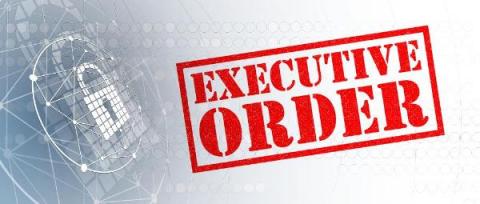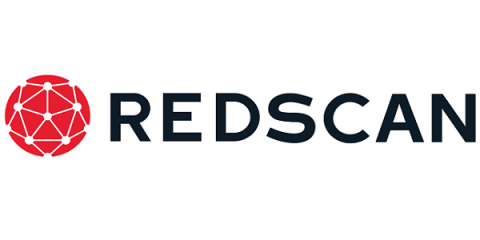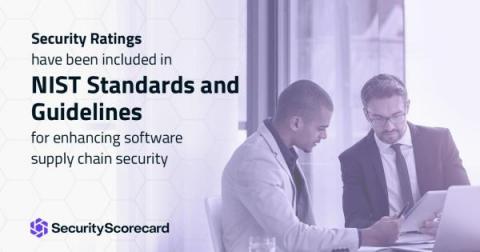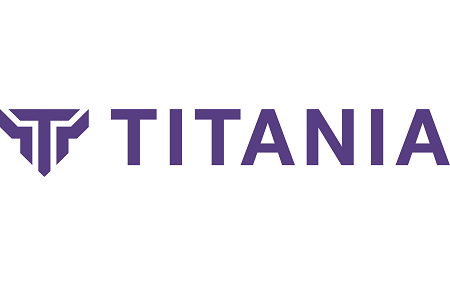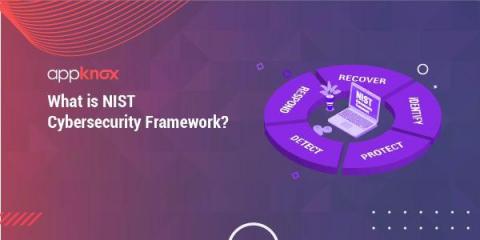NIST vs ISO Compliance: What's the Difference?
As businesses and health organizations seek to strengthen cybersecurity, they’re turning frequently to compliance frameworks to help prioritize, guide, and improve decision-making and implementation. Two of the more popular compliance frameworks are the NIST CSF and the ISO 27001. For IT teams seeking to better understand the difference between these frameworks, as well as which is the ideal tool for their business, here’s what to know.



